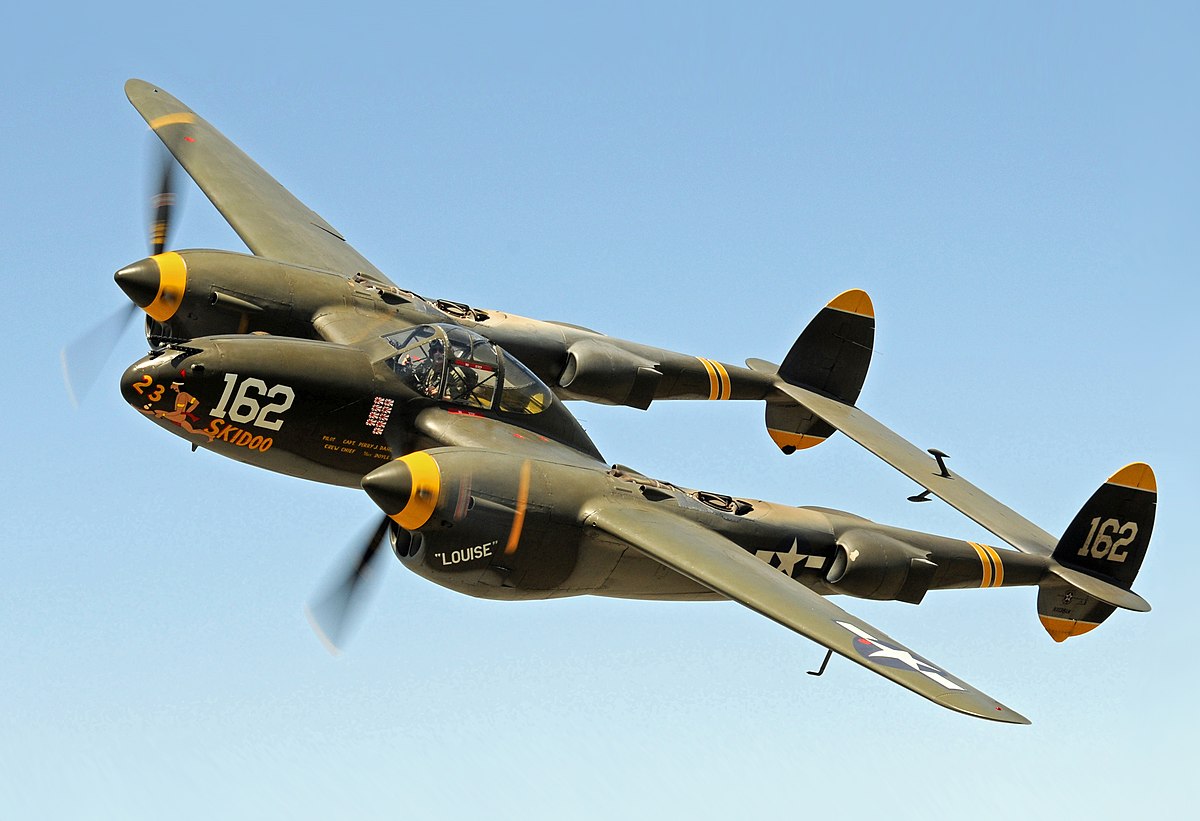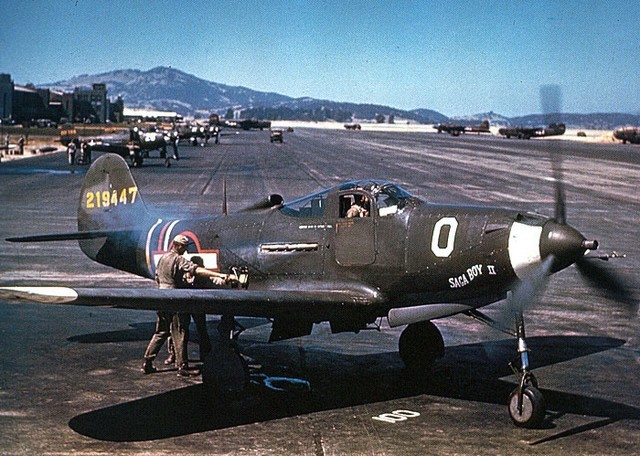BBerguson
Official Pennsyltuckian
I’ve done some searches but not coming up with what I want so I’m wondering if someone here can help. I’d like to know what were the most successful fighter planes of WWII. Would really like to see some tables that would have # of planes built, # that saw combat, # of planes shot down, type of the planes shot down, stuff like that. Any of you guys know of any history books that cover stuff like that?
In my “down” time, I’ve been watching lots of videos about WWII, mainly about tanks and planes because there is an abundance of those. Most of the planes are the best in the video that is about them. Were they the best because they were going up against antiquated air forces (like on the Germans vs the Russians on the Eastern front) or were they truly the best against all the planes they came up against.
Maybe this isn’t a fair question to ask what plane was the best as there are so many variables. And maybe, the real answer lies in the question of ”What fighter plane brought more of their pilots back safely?”
For the record, I’ve sworn off Facebook (only use it when I have to for our work page) and never used Twitter (never will) so you guys are my only online conversation outlet. Hope you don’t mind these off the wall subjects...
In my “down” time, I’ve been watching lots of videos about WWII, mainly about tanks and planes because there is an abundance of those. Most of the planes are the best in the video that is about them. Were they the best because they were going up against antiquated air forces (like on the Germans vs the Russians on the Eastern front) or were they truly the best against all the planes they came up against.
Maybe this isn’t a fair question to ask what plane was the best as there are so many variables. And maybe, the real answer lies in the question of ”What fighter plane brought more of their pilots back safely?”
For the record, I’ve sworn off Facebook (only use it when I have to for our work page) and never used Twitter (never will) so you guys are my only online conversation outlet. Hope you don’t mind these off the wall subjects...


